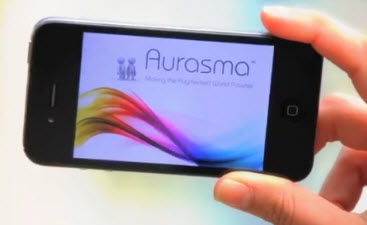Augmented reality to promote Far Cry 3
Augmented reality continues to make waves in the world of print, as some of the world’s most prolific gaming magazines announce that they will be using the technology for upcoming cover stories. Xbox Magazine, Playstation Magazine, and PC Gamer have all announced that they will use augmented reality for special editions of their covers featuring the upcoming game Far Cry 3. To accomplish this, the magazines have teamed with Aurasma, a leading augmented reality platform.
Future US sets sights on interactive technology to engage readers
Future US, which owns the magazines, has decided to use augmented reality in order to engage readers in a more dynamic fashion. The technology has proven itself capable of accomplishing this feat effectively in the past in numerous marketing campaigns. Future US believes that the technology can help bring new content to the audiences of the magazines in a way that they will enjoy and help generate hype behind the looming release of Far Cry 3.
Readers will be able to access exclusive content through special edition covers
Playstation Magazine will be the first to run its augmented reality cover on October 23. Both Xbox Magazine and PC Gamer will run their covers on November 6. Readers with smart phones equipped with the Future AR application will be able to access the digital content that is contained within the covers of these magazines. This content will range from exclusive video footage of the game to interviews with the game’s developers.
Augmented reality may help print remain relevant
When it comes to games, augmented reality is most often used as a gimmick to provide some novelty entertainment to gamers. The technology could help print establish a foothold in a time where most consumers favor their mobile devices over traditional media. Though magazines have managed to hold some favor with consumers, many publications are still feeling the pressure caused by the advent of mobile technology. Thus, these publications must find ways to adapt if they want to continue being relevant with their audience.


